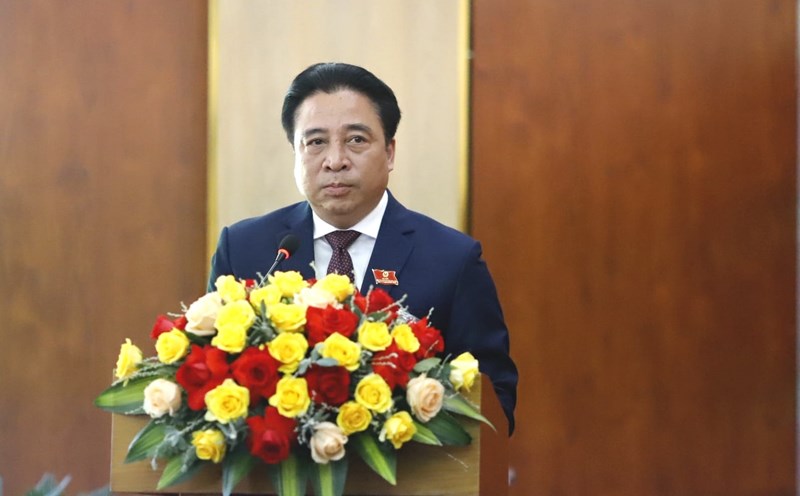According to Mr. Tran Thanh Hiep, Deputy Director of the Department of Agriculture and Environment of An Giang province, farmers in the province have harvested more than 91% of rice fields at a time when rice prices are high, and farmers are very excited.
However, in the past month or more, rice prices in An Giang province have fluctuated in a sharp decrease, an average decrease of VND 1,000/kg for rice varieties, in which day-to-day rice varieties have decreased by more than VND 1,400/kg at times.
Mr. Hiep said that at the time of the rice price decline, the province's unharvested area was only about 9%, equivalent to about 46,000 hectares. It is expected that the province will harvest the summer-autumn crop in 15-20 days.
Currently, rice prices have dropped sharply, causing difficulties for a part of farmers to harvest later. One of the long-term solutions is to change production thinking towards cultivating high-quality, low-emission rice, applying scientific and technical advances to production to reduce input costs and maximize profits.
According to the report of the People's Committee of An Giang province, the growth rate of the agricultural sector in the first 9 months is estimated at 3.71%. In 2025, the province's rice industry will produce more than 1.3 million hectares of rice, with an estimated rice output of about 8.8 million tons.
After the merger, An Giang is the leading province in the country in terms of rice area and output with great development potential. However, besides the achieved results, An Giang rice production still faces many difficulties and challenges. Agricultural production is increasingly affected by climate change, especially in rice production.
An Giang has directed the review and integration of the Plan to implement the Project of 1 million hectares of high-quality rice to reduce emissions, so that departments, branches and localities can organize and implement. According to the new draft plan of the province, An Giang will have about 351 thousand hectares, accounting for more than 35% of the rice area implementing the Sustainable Development Project of 1 million hectares of high-quality and low-emission rice cultivation associated with green growth in the Mekong Delta by 2030.











